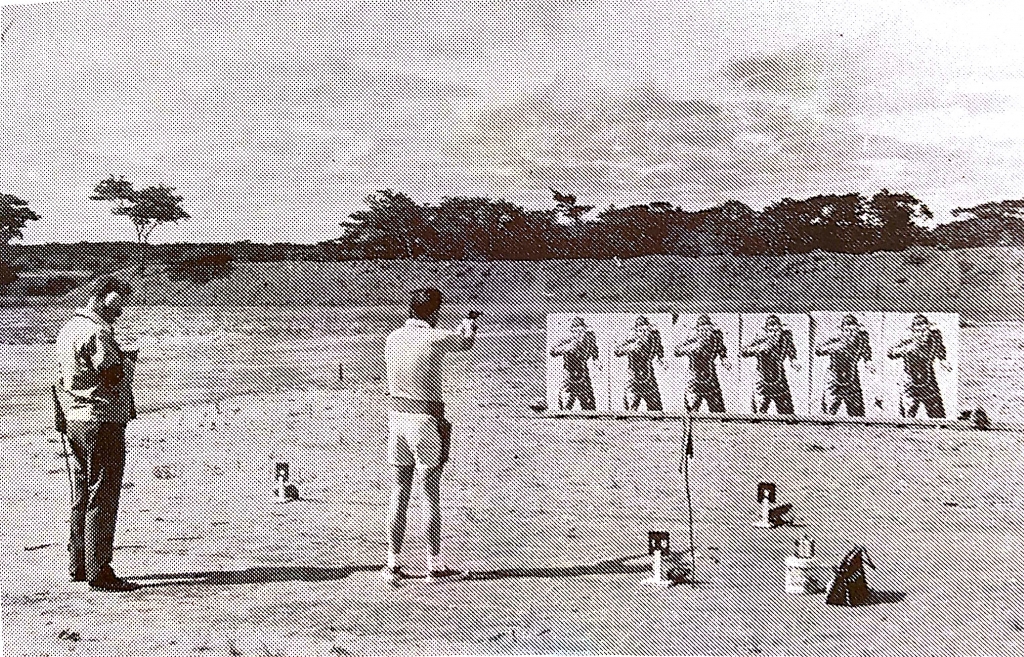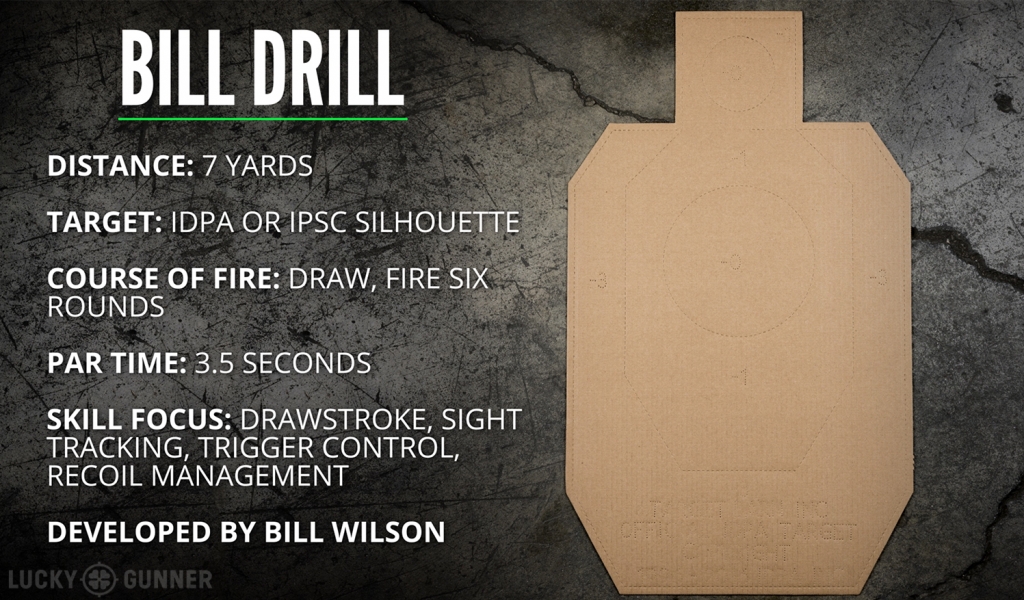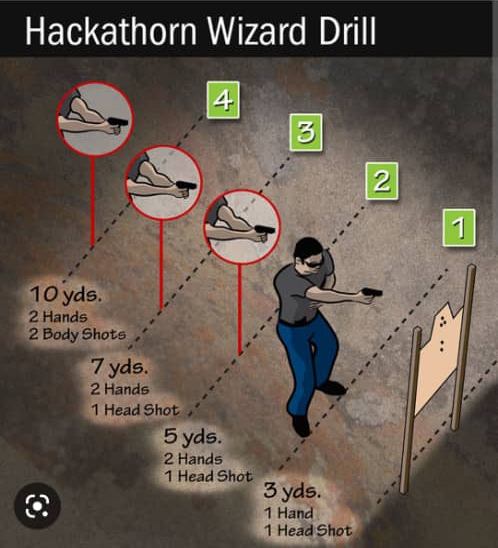
By I J Larivers
In 1976, at the Colombia Conference held in the USA, the International Practical Shooting Confederation was born. Born, in the case of some delegate nations, by real-world bush wars, and urban terrorist incursions. It was intended to be an innovative and practical approach to handgun training for real-life scenarios. It’s founder, Col Jeff Cooper, decried “gamesmanship” in course design and equipment used, though he, at the same time, christened it the “Formula 1” of shooting sports.
It wasn’t long, though, before practicality gave way to purely competitive sporting principles, but not before the discipline gave us classic and timeless range training drills such as El Presidente, the Failure Drill, and Cirillo’s Hostage Shoot.
As the 20th Century drew to a close, one of IPSC’s founders – Bill Wilson of Wilson Combat in Arkansas – feeling that too much practicality had been lost, created the International Defensive Pistol Association which had the goal of returning real-world training to competitive shooting.
IDPA was and is successful, but in my opinion anytime a rule book becomes the central core of a shooting discipline, practicality is lost. Here are some IDPA-oriented training drills that are very worthwhile. Note that they may all be shot either Comstock – score divided by time – or within a set par time, as in Virginia Count.
THE BILL DRILL

Created by Bill Wilson, the Bill Drill is the definition of simplicity. As with Col Cooper’s El Presidente, the Bill Drill isn’t intended as a competitive stage, but rather as an exercise to be performed on a quasi-regular basis to gauge one’s improvement – or lack thereof. It is designed to test one’s draw speed, sight tracking sills, trigger control and recoil management.
You simply set up the target of your choice – I prefer the standard IDPA target – at 7 metres. On the start signal, draw and fire 6 accurate shots at the ‘A’ zone as quickly as possible. To pass the drill, all shots must be in the ‘A’ zone.
Once you can shoot a full-house score in a reasonable time, you can vary the drill by increasing the distance to the target, shooting it strong and weak hand, or shooting on the move. Needless to say, the idea is to continually progress forward in your performance.
THE IDPA 5 x 5 CLASSIFIER

The IDPA 5×5 Classifier is another of Bill Wilson’s creations, and it serves to test the same skills as the Bill Drill, but with an emergency reload tossed in. Doing firearm safety training for the general public as well as for security companies and government departments, I also like the fact that each string consists of 5 rounds. For someone who’s not a regular shooter, it is friendly for 5-shot revolvers and “pocket” semi-autos. Love ‘em or hate ‘em, they’re out there and have to be catered for.
The various strings of the 5×5 Classifier are all shot at 10m. They are basically a form of the time-honoured standard exercises, and a number of shooters can be run through the drill quickly.
The diagram explains the drill, and it is an excellent basic proficiency test for shooting-club members or the general public – a sort of pistolcraft 101 final exam.
THE KEN HACKATHORN WIZARD DRILL
Who hasn’t heard of Ken Hackathorn? He’s a founder member of both IPSC and IDPA and is legendary as a small arms instructor.
The Wizard Drill requires a draw from concealment, and may be shot (preferably) Comstock, but if you select Virginia Count, Hackathorn’s maximum time is 2.5 seconds per string. The drill requires only five rounds, divided into the following strings:

- At 3 metres, one head shot fired strong hand only.
- At 5 metres, one head shot fired using two hands.
- At 7 metres, one head shot fired using two hands.
- At 10 metres, two body shots fired using two hands.
This is a pass/fail exercise, with any misses or overtime shots resulting in a fail.
As with the El Presidente, set up any (or all) of these drills periodically to test and hone your skills.



Leave a Reply
Want to join the discussion?Feel free to contribute!